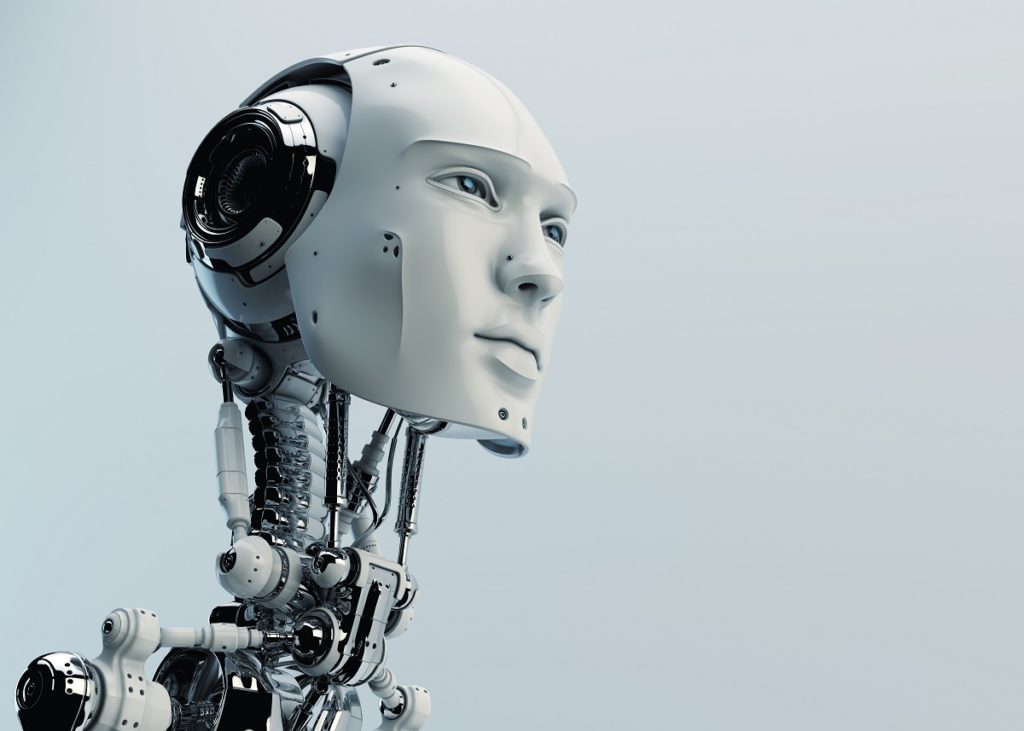The construction industry may have slowed down when the pandemic started. But it’s gradually picking up where it left off. Following the guidelines set by the Centers for Disease Control and Prevention (CDC) allows companies to resume work.
While the health protocol will mitigate the spread of the virus, technology can add another layer of safety for the industry workers. Here are some technology trends that can help revolutionize the construction industry and bring it to the next level.
Artificial Intelligence
Artificial intelligence (AI) can be a great asset when it’s used in the construction industry. It can ensure more accurate building designs and better work quality on the construction site. It also reduces risks for construction workers due to the precision the technology offers.
And when it’s paired with machine learning (ML), the technology will result in a predictive design process. This process allows AI to consider different environmental factors when designing a building, including weather and the location. Additionally, AI and ML can perform repetitive tasks safely and accurately. These tasks include welding, pouring concrete, or bricklaying.
Even though the technology is already available, it hasn’t been used in the construction industry at the moment. But sometime in the future, the world will see these technologies increasing productivity in construction sites while keeping them safe at the same time.
Robotics
The construction industry has a higher fatal injury rate compared to the national average of other industries. While it’s surprising why robots are not yet widely used in construction, the variability of the tasks in the sites makes it difficult to program robots to perform construction tasks.
But this didn’t stop the National Institute of Advanced Industrial Science and Technology (AIST) from creating the world’s first humanoid construction robot. While it’s still in the R&D stage, it is a step in the right direction. The robot can use power tools and carry drywall sheets. Imagine the potential for this technology when it uses ML. It may even use more complex equipment using an oil-less air compressor.
In addition to a humanoid robot, other types of robots can revolutionize the construction industry. A 3D printing robot can also help in the construction of small structures on demand. The robot can control the 3D printer and efficiently 3D print a house or other small structure. A demolition robot can make any demolition job cheaper and safer. Bricklaying robots can also be employed.
Virtual Reality and Augmented Reality
Virtual reality (VR) and augmented reality (AR) have found a home in the video gaming industry. It is also being used in education and the healthcare industry. But when it’s used in the construction industry, things will get more interesting. While the real estate industry uses the technology for virtual tours of clients, it can also be used by architects or engineers who want to check the status of the work at the site.
For instance, architects or engineers will don AR headsets and take a look around in the construction site even if they’re located somewhere else. Similarly, contractors can use a mobile device, such as a tablet, to check for locations where they can drill a hole on the wall without checking the physical plans.
The technology is also invaluable in training future constriction professionals since they will have the chance to “enter” a construction site even inside the classroom.

Big Data
Data is now considered the most valuable resource in the world. It’s even more valuable than oil. And big data is a tech trend that can have a significant effect on the construction industry soon. These large sets of data can uncover patterns and trends that help make informed decisions. They are also used on AI and the automation of construction systems.
For instance, historical data can check good locations to construct a building while minimizing the risk of putting it on top of a fault line. Data about weather patterns can also be used to schedule construction activities to minimize, if not eliminate, delays due to bad weather.
Internet of Things
The Internet of Things (IoT) consists of devices and sensors connected and share data. A central system can also control these devices. The IoT enhances productivity and efficiency at the worksite.
For instance, sensors can monitor footfalls at the site and use it for the logging in and logging out of workers. This removes the need for paper-heavy tasks in recording the attendance of workers. The system can also integrate with AI to let a cement mixer order cement mix when its supply runs low.
Technology has indeed grown by leaps and bounds. The construction industry can benefit from this development and make the worksite more productive and safer.
